By Michael Brenner for Marketing Insider Group
“How do they do it?” my clients ask, as they look at the number of blog articles by their industry’s top producers. “How many articles should I publish to increase my traffic and leads?”
Often, it feels as if we can never quite write enough content to keep up with the “big guns” in our industry. Then, we read that we need to write 2-4 articles per week?
And then we sink a little lower in our chair. How in the world can we do that?
We want to focus our content on our customers’ needs. We need to create top-quality articles that position us as thought leaders in our industry. Yet we need to do so effectively, without taking too much time from our work. And, we need to optimize our reach so we increase traffic, leads, and sales.
I’m here to tell you can. You can do all three. You can do them effectively, without juggling your time with your other work. Starting out on a shoestring content marketing budget. My company did just that. You can, too.
It doesn’t have to take a huge amount of time and energy to create content that generates leads. Sometimes it’s just a case of thinking outside of the box and putting a new spin on the content you already have.
If you feel like you’re in a bit of a content rut, try some of these ideas to generate content that will really work for you.

1. Answer Your Company’s “WHY?”
Finding your company’s WHY and creating content around your true purpoe can help you to connect with your audience on a deeper level.
In 2020 and beyond, the values of your brand are more critical to success than ever before. Over 70% of consumers prefer to buy from brands that align with their own values.
Your brand’s mission should go beyond making sales and generating profits and get to the root of the wider impact you want to have on the world.
So how do you uncover that true purpose? Start by getting together employees at all levels to answer questions like “why do we exist?” and “what are we good at?” Pull these findings together into a company mission statement that’s at the heart of everything you do.
Once you’ve decided on your mission statement, make sure the world knows about it by creating content that demonstrates your commitment to your mission.
Using brand storytelling to link your content back to your core values will help your audience to feel more connected to your brand. They’re then more likely to want to read more of your content or convert to a customer.
2. Look for Areas of Expertise to Write About
You wouldn’t be in business if you weren’t an expert in your field. Start with your expertise and knowledge. Jot down article ideas that use that expertise to solve your customers’ problems.
It’s not wasted time. Consider it research that will keep you abreast of the latest developments in your field. That alone is worth the time you spend in research, writing, and publishing your articles.
In fact, do a little digging. I’ll bet that you can uncover niches within your industry in which you have more expertise than your peers. (Or let us do it for you!)
I’ll bet you good money you use that knowledge to solve your existing customers’ problems. So, publish articles that show how your readers can use those insights to solve their problems.
You’ll find that they yield a wealth of traffic and leads.
News about industry developments that might affect your customers is also a rich source of content. So are perspectives on current events that affect your customers’ lives and businesses.
3. Profile Your Customers
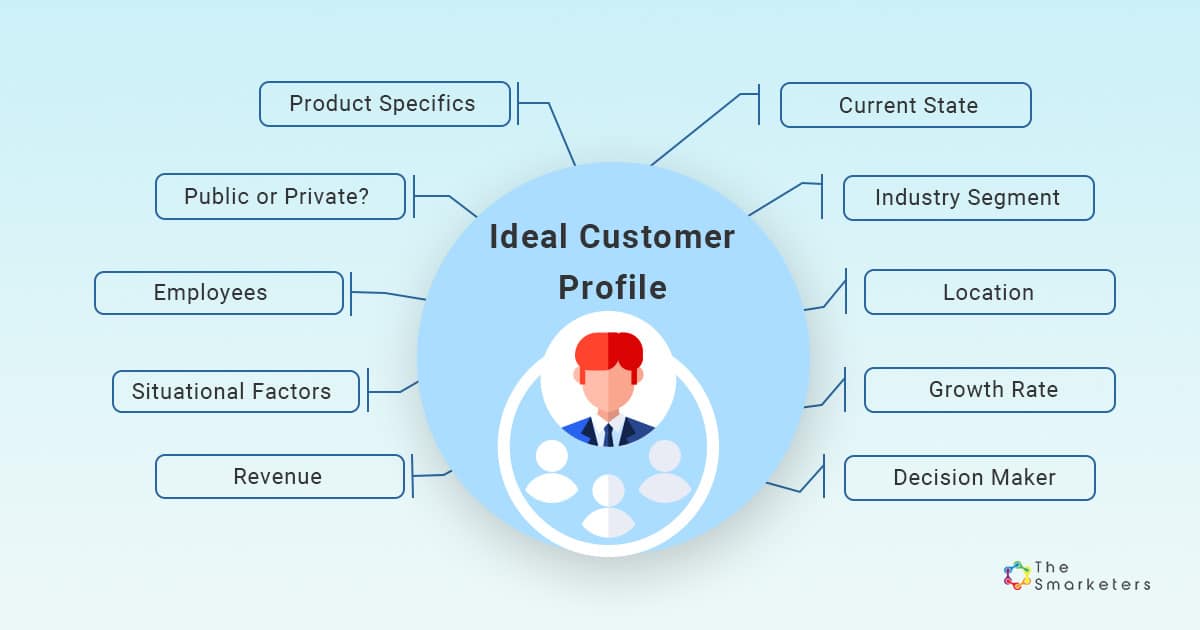
How well do you really know your customers? You’ve probably got a good idea about why they bought from you – because your product or services solved their problems. But who are they really as people?
Finding out more about who your customers really are can help you to create more relevant and engaging content that’s sure to lead to more conversions.
For example, Zogo is an app that creates engaging financial literacy lessons for young adults. By taking the time to fully understand their “Generation Z” audience, they’ve been highly successful in creating content that not only gets read but also drives conversions to financial institutions that partner with the app.
Zogo took its inspiration from the huge success of language learning app Duolingo. Rather than publishing dull financial education articles, breaking the content into small chunks and serving it on a mobile platform with gamification was the best way to engage with their GenZ audience.
4. Focus on Buyer Intent
Remember why your business is here. While you can use content indirectly to build a relationship with your audience and raise awareness of your brand, don’t be afraid to go ahead and tell the world what problem you solve.
Make sure you understand true buyer intent. Let’s say you have a business selling vacuum cleaners. People who buy vacuum cleaners don’t really want to buy a vacuum cleaner (who would really want to spend their money on a vacuum cleaner if they had a choice?). What they really want is a clean house with the minimum amount of time and effort. If they can’t get this information from you, they’ll go somewhere else.
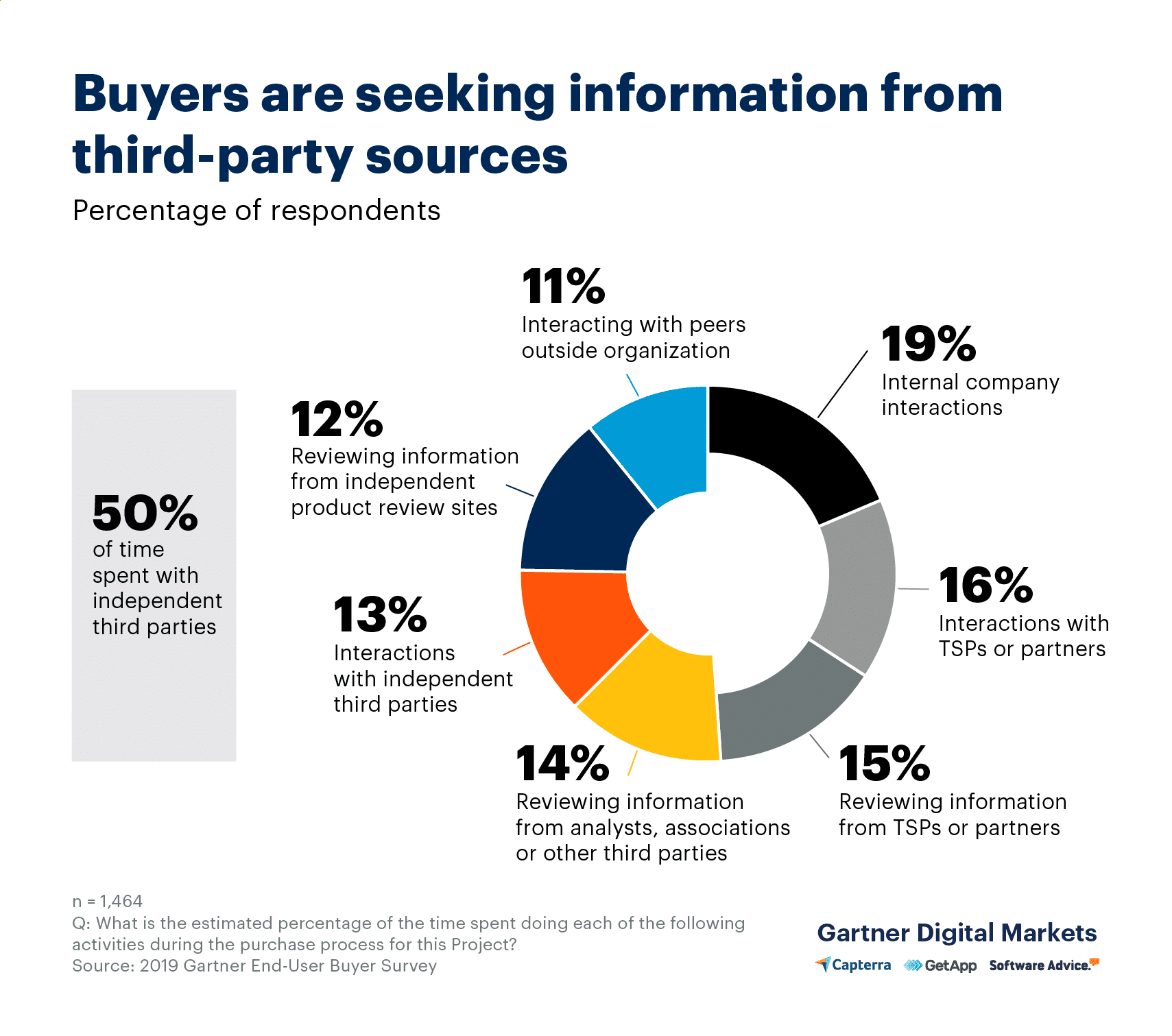
Creating content that explores tips and ideas for keeping your house clean and making sure to explore the features of vacuum cleaners that make life easier would most definitely be a way to make more sales.
Utilizing influencer marketing can be an effective way to amplify the power of this kind of content. For example, sales of Shark vacuum cleaners shot through the roof in the UK in parallel with the rising popularity of cleaning influencer “Mrs. Hinch” who creates content purely around cleaning tips.
5. Map Content to the Buyer Journey
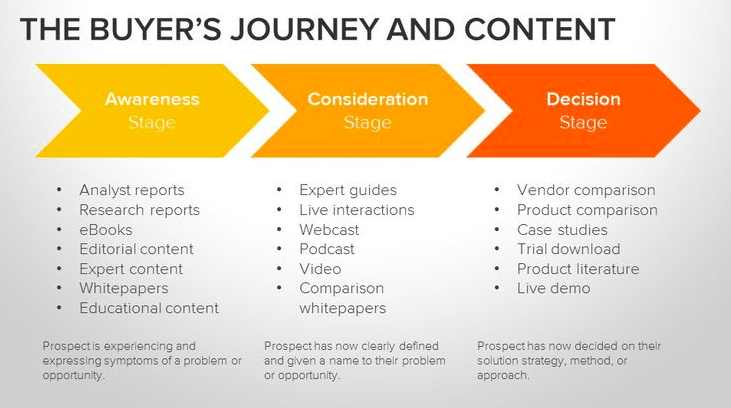
Take the time to audit your existing content and see where it relates to the buyer’s journey. You’ll probably find there are gaps in your content that could result in you losing a lead before it turns into a customer.
A lot of brands do a good job of creating informational content that attracts an audience at the top of the marketing funnel. If you’re producing educational content but not thinking about how to actually turn those readers into customers, you’re not getting the most out of your content strategy.
The content you produce should align with the buyer’s journey. Make sure you know and understand the touchpoints that your customers may interact with on their way to making a purchase and think about the problems and questions they may have at each stage. Create great content that overcomes these challenges and answers their questions.
6. Master the Art of Trend-Jacking
If you’re stuck for content ideas, an effective way to come up with topics that are sure to pique the interest of your audience is by incorporating some timely topics and current trends into your content.
Take a look through your calendars and see if there are any upcoming events or product launches that your audience will be interested in. If you can create some original content around these topics, you’re sure to get them reading. If you can somehow tie in your products or solutions, you’ve got a good chance of driving some conversions.
Breaking news stories and breakout trends always make great topic ideas. This type of content can be especially valuable if you’re one of the first to offer commentary or unique content. Trending topics attract links like nothing else.
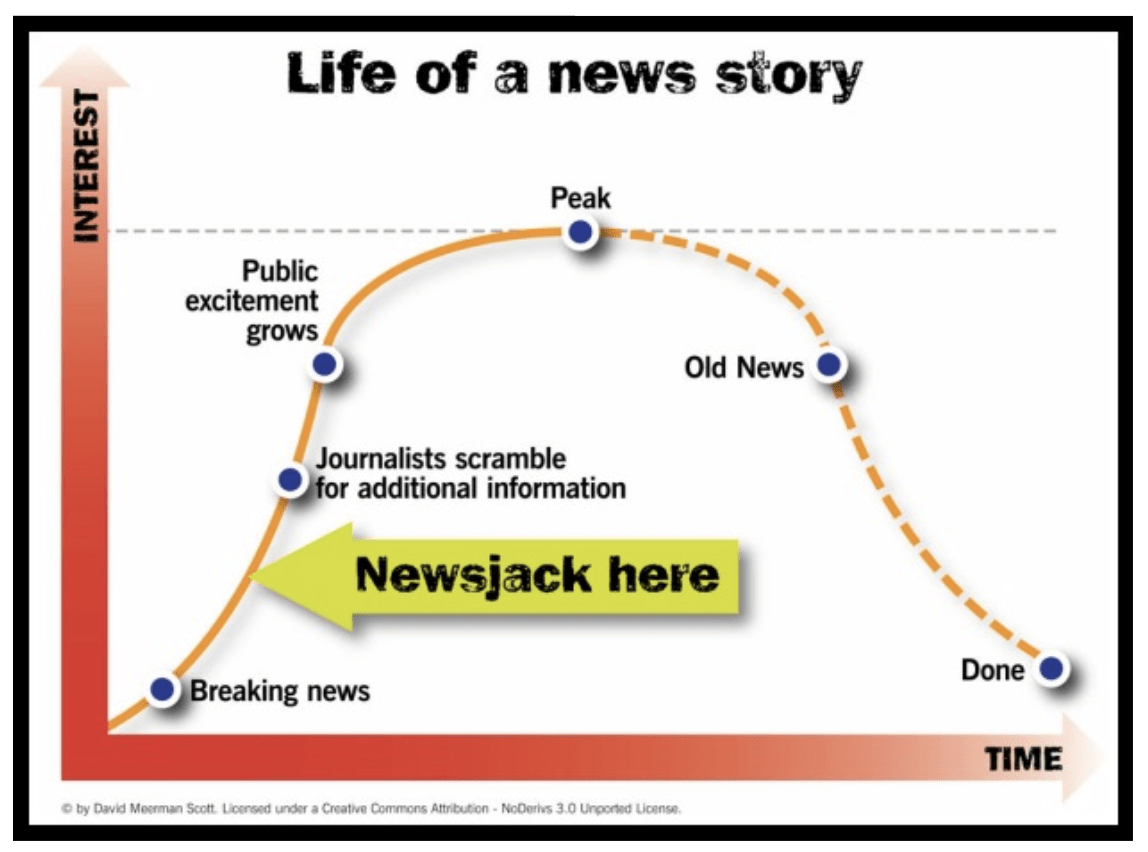
Set up Google alerts for your industry and make sure to read related news feeds regularly. Google Trends, Buzzsumo, and Trendwatching are also useful platforms for keeping an eye on new trends. Sometimes Twitter and other social media platforms are the best places to spot trending topics.
Trending topics don’t have to be restricted to your industry either. Creating some new content around a trending meme or pop culture content can be a fun way to connect with your audience and attract new traffic – you could even go viral!
7. Repurpose Your Existing Content
Often the best source of inspiration for new content is what you already have.
Repurposing and reusing the content you already have means you can maximize your content marketing ROI and have the opportunity to reach a wider audience.
Original infographics and charts created for use in reports and articles can be repurposed for social media posts. You can also pull key insights from your long-form content pieces and repost them on your social media channels.
Turn high-performing articles into videos, infographics into full-blown articles, or write new posts that look at the same topic from a new perspective
If you’ve seen success from a certain blog post, consider enhancing and expanding it into an ebook or white paper. You can pull together the content from several blog posts into a single ebook. Likewise, taking the content of multiple social media posts could form the basis of an article.
Not only does repurposing content save time, but it also can reach new audiences who didn’t read the earlier article. Furthermore, it can help reinforce concepts in readers’ and listeners’ minds.
Think about ways you could reach a new potential audience with your existing content. For example, a single blog post could be recreated as a video or podcast. You don’t have to come up with a completely new content idea for each piece of content. Revisiting topics in multiple formats is often the best way to widen your reach.
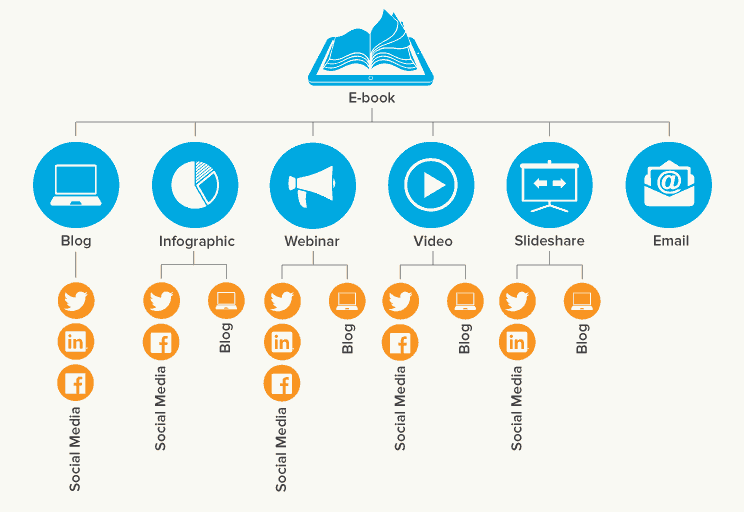
Finally, find a content analytics platform that can show you which posts have had the greatest success. Or use tools like Buzzsumo to find articles or research that has engaged for others and write better versions of them.
8. Update Low-Performing Articles
As for those articles that don’t quite hit the reader engagement mark, dig a little deeper into the numbers.
- Were they early attempts that were a little more self-promotional than they were helpful?
- Did you happen to publish them at a time when your target customers weren’t online?
- Did you use language that turned off your target demographics?
- Did you use wording that didn’t reflect the search terms that people would likely use to search for the topics you covered?
- Did you publish it in a form that made it difficult to read?
- Is the information you covered outdated?
The good news? For the most part, it’s a quick fix.
You don’t need to discard these articles and start again from scratch. They’re already indexed and ranking in searches. You just need to get them ranking higher.
- Change self-promotional language into helpful advice: Instead of telling readers how great your widgets are, tell them the story about how a company doubled its productivity by using your widget. Find ways to show how your products and services solve problems when you revise these older articles.
- Use social media analytics to see where your customers are online: Repost links to these articles where your target customers hang out on social media. If you want to boost your posts to reach your target audience, filter who sees your posts. Use your target audience’s demographics, location, and interests as your filters.
- Revise your articles using words that resonate with your target audience: Even if you sell high-tech IT services, don’t use the same language your house techies use. Put technical jargon into words your customers understand. Consider creating buyer personas. Using them can help you write in a way that will reach “Ellie Electrician’s” or “Peter Plumber’s” hearts.
- Revamp your articles to contain words your customers use to search for your products: Use Google’s Keyword Planner to find the sorts of words people use. Just enter those words into the search box. A list of words will pop up. Revise your earlier articles to include these words in your articles. Use one of them in the title and first paragraph. Then use related words throughout. Don’t overdo it, though. Search engines penalize articles with too many keywords in them.
- Reformat your articles to make them easier to read: Break up text with subheadings and bullet points. Use images – or even related videos – to add visual appeal. Better visuals don’t just attract more attention. Statistics show that people engage with articles 180 percent more when visuals appear with the text.
- Update outdated information in your articles: If something has changed since you wrote an article, update it. Make sure that you include a note that you have updated it.
9. Connect with Your Community
Don’t just think of your content as something one-sided for your audience to passively consume.
Content is a great opportunity to open the conversation and invite the community around your brand to engage with you.
Webinars, panel discussions, and other virtual events are a great way to share content in a way that makes your audience feel more involved.
Virtual events like webinars can be incredibly effective at driving sales and conversions too. You can expect around 15% of webinar attendees to convert to a sale, which is an impressive conversion rate by anyone’s standards.
The reason that such events convert so well is that you have a captive and engaged audience who are already interested in what you have to say.
Digital events can seem intimidating if you’ve not yet dipped your toe in the waters, but they don’t have to be a huge production.
Get together a few industry leaders and people that your audience is interested in listening to. Plan some topics for discussion and remember to keep the process two-way. Starting a conversation can create some interesting launch points for new content that you may not have thought of before.
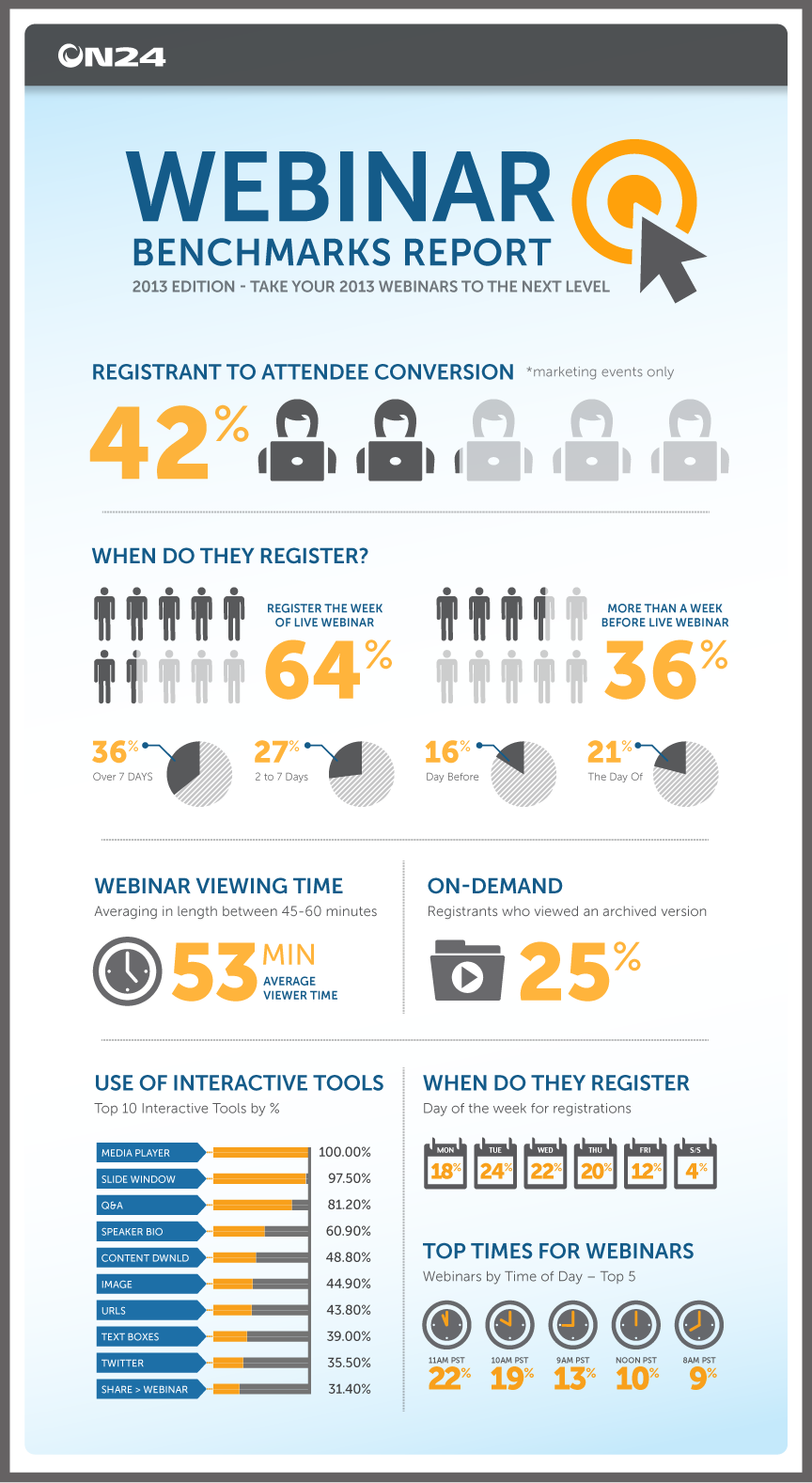
10. Get Your Employees into the Act
Don’t do all the heavy lifting yourself. Employee advocacy can help. When you involve employees in writing articles, magic can happen. Magic that can help your messages get five times the reach of articles you write on your own.
If you don’t have the time, it might pay for you to work with a blog writing service. Working with professional writers can free your time for your own work.
11. Use a Content Marketing Agency
Outsource your content for baseline SEO and organic search rankings. Find an agency that understands the pressure to deliver results. But one that also knows how to use keyword research and competitive analysis to find the content gaps to fill.

Using an agency will make sure that you’re not juggling your schedule or keeping the content candle burning at both ends. Learn how to create the right number of articles to build your business while keeping quality at the forefront.
